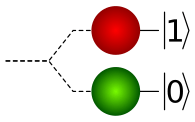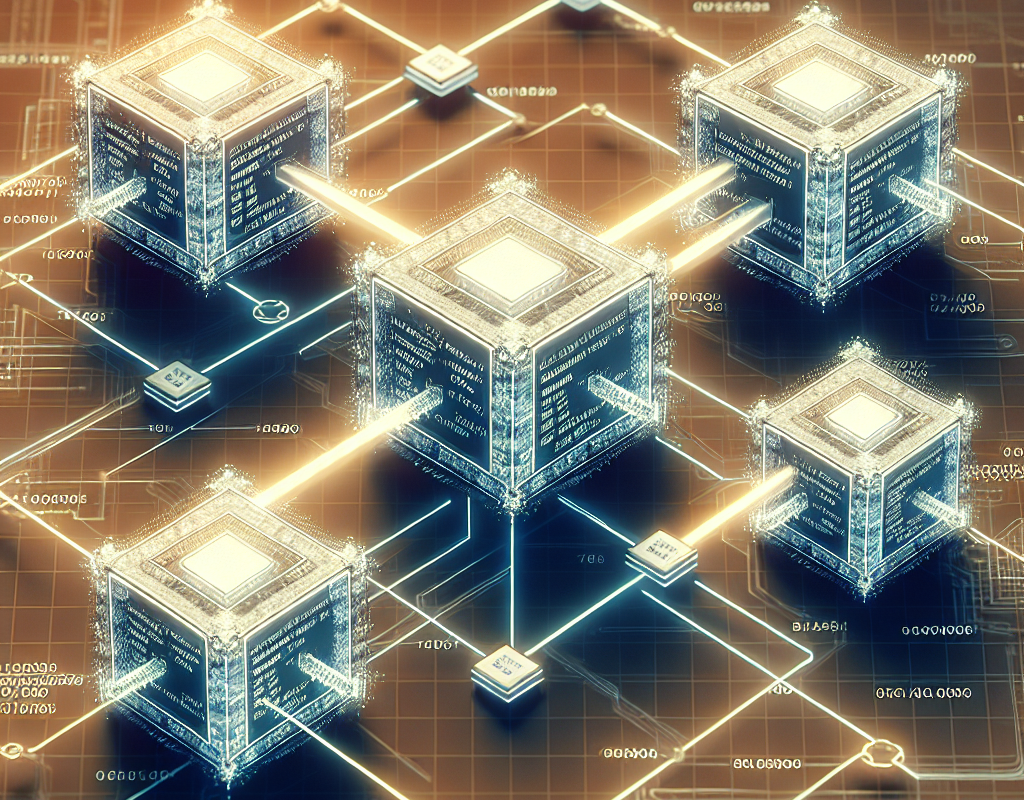What is a Qubit? Understanding the Building Block of Quantum Computing
Quantum computing is making waves in technology and science because it has the potential to solve problems that classical computers struggle with. At the heart of this revolution is a small but powerful unit of quantum information called the qubit. So, what exactly is a qubit, how does it differ from a classical bit, and why is it so important? Let’s break down the core concepts that make qubits so special.
The Basics: Bits vs. Qubits
To understand qubits, let’s first look at bits, the fundamental unit of information in classical computing. A bit, short for binary digit, is a simple switch that can hold one of two values, typically represented as either a 0 or a 1. These bits are the foundation of classical computing: every operation on a classical computer, from playing a video to processing complex algorithms, is built on millions or billions of these binary choices.
Qubits, however, operate on the principles of quantum mechanics, which allow them to represent information in more versatile ways. While classical bits are limited to being either 0 or 1 at any given time, a qubit can exist in a state of superposition, meaning it can be 0, 1, or both at the same time. This superposition is what enables quantum computers to process information far more efficiently for certain types of problems, giving them a unique advantage over classical systems.
Key Quantum Properties of Qubits
Qubits have a few properties that make them fundamentally different from classical bits. Let’s dive into the main quantum properties that allow qubits to perform complex operations:
- Superposition
Superposition allows a qubit to exist in multiple states at once. In simple terms, a qubit doesn’t have to choose between 0 and 1 but can be in a state that is both 0 and 1 simultaneously, with certain probabilities for each state. This enables quantum computers to explore multiple possibilities in parallel, making them incredibly powerful for solving specific kinds of problems. For instance, let’s say you want to navigate a maze. A classical computer would try each path one at a time, while a quantum computer could theoretically explore all paths at once, thanks to superposition. When applied to complex calculations, this parallelism can lead to significant speed-ups for quantum computers. - Entanglement
Entanglement is another unique property that allows qubits to be interconnected in ways that classical bits cannot be. When two qubits are entangled, the state of one qubit directly affects the state of the other, even if they are separated by great distances. This phenomenon puzzled even Einstein, who famously called it “spooky action at a distance.” Entanglement allows quantum computers to perform coordinated computations on multiple qubits simultaneously, creating complex relationships between qubits that can be harnessed for powerful calculations. It’s a bit like having team members who can intuitively know each other’s moves without communicating, creating a highly coordinated system. - Quantum Interference
Quantum interference is a property that allows quantum systems to amplify certain probabilities and cancel out others, much like how waves can interfere constructively or destructively. In a quantum computer, interference is used to guide the calculation towards the correct answer by amplifying the probability of correct outcomes and reducing the probability of incorrect ones. By carefully managing interference, quantum algorithms can “steer” computations to achieve the desired result.
How Qubits are Created and Maintained
Creating and maintaining stable qubits is a significant technical challenge. Qubits are highly sensitive to their environment, and maintaining them in a state where they can perform quantum computations requires extremely precise conditions. Here are a few of the primary approaches used to create qubits:
- Superconducting Qubits
One of the most common methods is to create qubits using superconducting materials that operate at extremely low temperatures, close to absolute zero. These materials can conduct electricity with no resistance, enabling precise control over quantum states. IBM and Google are two companies that use superconducting qubits in their quantum computers. - Trapped Ion Qubits
Another approach involves trapping ions (charged atoms) with electric fields and using lasers to control their quantum states. This method is used by companies like IonQ and Honeywell, as trapped ions can be kept stable for relatively long periods, making them a promising candidate for quantum computing. - Photonic Qubits
Photonic qubits use photons, or particles of light, as qubits. Photons are less affected by their environment than matter-based qubits, making them potentially useful for long-distance quantum communication. However, manipulating and measuring photonic qubits in quantum computers requires advanced optical setups and is still an area of active research.
Why Qubits Are So Powerful (and Challenging)
Qubits enable quantum computers to perform calculations that would be impossible or take an impractically long time on classical computers. Here’s why qubits are so powerful—and why they’re also challenging to implement in real-world systems:
- Exponential Power from Superposition
Because a qubit can represent both 0 and 1 simultaneously, adding more qubits exponentially increases the processing power of a quantum computer. With just a few dozen qubits, a quantum computer could theoretically surpass the computational capabilities of classical computers for certain tasks. This exponential scaling is why quantum computers are expected to eventually solve problems far beyond the reach of classical computing. - Error-Prone Nature of Quantum States
Qubits are also highly susceptible to errors due to a phenomenon known as quantum decoherence, where they lose their quantum state due to interactions with the environment. Quantum error correction is an ongoing area of research and requires a large number of physical qubits to create stable, error-resistant logical qubits, which is currently one of the biggest obstacles to scaling up quantum computers.
Qubits in Action: Why They Matter
Qubits enable a new kind of computing that opens doors to solving some of the most challenging problems. Here are a few examples of areas where qubits, and by extension quantum computers, could make a real difference:
- Cryptography
Quantum computers could break traditional encryption methods, which rely on the difficulty of factoring large numbers. Quantum algorithms like Shor’s algorithm could potentially factorize these numbers quickly, prompting the development of quantum-safe cryptography. - Drug Discovery and Material Science
Simulating molecular interactions is incredibly complex and time-consuming for classical computers. Qubits can model these interactions more effectively, potentially accelerating drug discovery and material science by enabling the design of new molecules and materials at unprecedented speeds. - Optimization and Logistics
Quantum computers can solve complex optimization problems—such as finding the most efficient route or resource allocation—by testing multiple solutions simultaneously. Industries like logistics, finance, and energy could benefit from quantum computing’s optimization capabilities. - Artificial Intelligence
Qubits have the potential to advance machine learning and AI by enhancing the speed and efficiency of data processing. For instance, quantum-enhanced algorithms could help train deep learning models more quickly, opening new possibilities in AI research.
Conclusion: The Power and Potential of Qubits
Qubits are at the heart of what makes quantum computing so powerful—and so challenging. They hold the promise of enabling quantum computers to solve problems that classical computers cannot, impacting fields from cryptography to AI. But due to their sensitivity and the complexities of maintaining stable quantum states, qubits are also challenging to work with.
As scientists and engineers continue to make breakthroughs in quantum technology, qubits will remain the fundamental building blocks driving us closer to a future where quantum computers could be part of everyday life, solving problems we once thought impossible.


